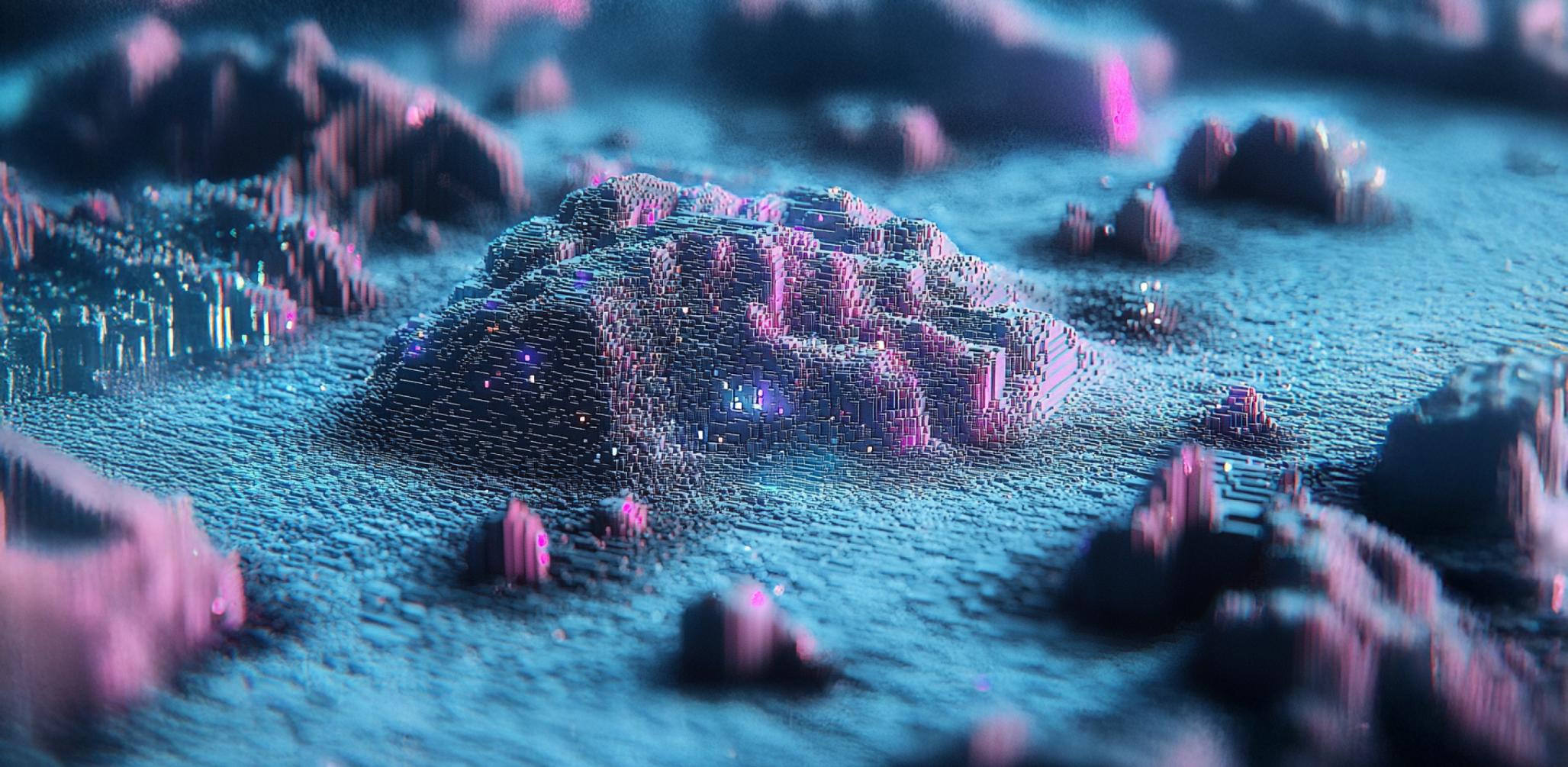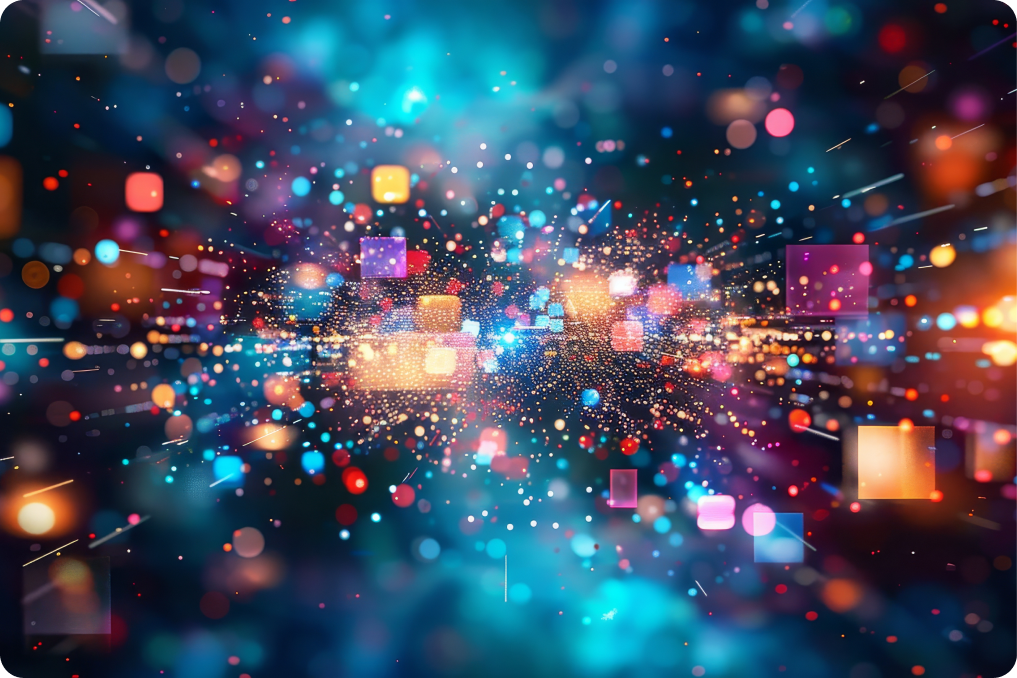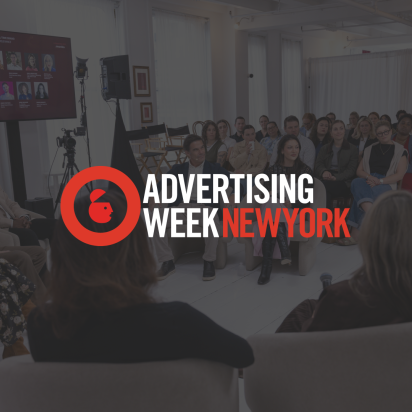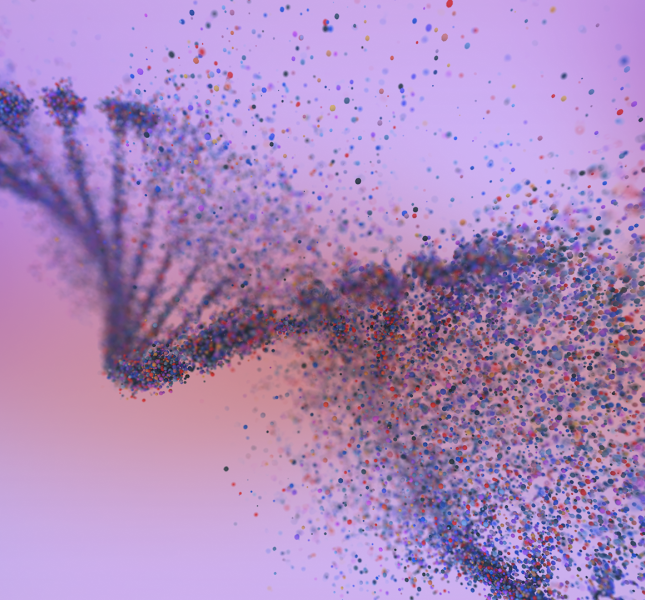How to Scale Content Creation with AI Agents and NVIDIA’s Ecosystem

As businesses scramble to keep up with the pressure to deliver innovative content at scale, traditional production methods are fading, giving way to the convergence of AI, digital twins and open standards like OpenUSD. These tools are accelerating workflows, enhancing precision and enabling scalability like never before. But what does it take to harness these advances in a practical, business-ready way?
As part of NVIDIA’s OpenUSD Insiders livestream series, our SVP of Innovation, Susan Foley; our VP, Global Head of Technology, Peter Altamirano; and our VP, Computational Creativity & Innovation, Emrah Gonulkirmaz, dove into AI-driven marketing, content creation and the future of agentic workflows. In conversation with NVIDIA’s Jamie Allan, Director of AdTech & Digital Marketing Industries, and host Edmar Mendizabal, they explored practical use cases for digital twins and NVIDIA Omniverse—complete with hands-on tips, real-world client examples and advice for organizations eager to embrace these innovations.
If you missed it, you can watch the full session below or keep reading for the key takeaways.
Digital twins are the new foundation for creative scale.
Unlocking business value today means taking control of your creative assets and processes. Digital twins—the hyper-accurate virtual models of products, characters and spaces—are quickly becoming the bedrock of that approach. Allan set the stage for the session by explaining, “A big part of what we’ve been doing is [figuring out] how to evolve the content supply chain for marketing content and ads. A lot of that is founded in creating digital twins of products, whether it’s a car or a shampoo bottle. That’s where the power of OpenUSD comes into play.”
Digital twins are built using open standards like OpenUSD—an open-source framework and file format for describing, composing and interchanging 3D scenes and assets—and applications that are developed with platforms like Omniverse. They serve as the single source of truth for everything from product imagery to complex industrial simulations, allowing businesses to rapidly iterate, test changes virtually and deliver new products or updated assets in a fraction of the traditional time. As Altamirano said, “You can optimize layout, workflows, asset creation and test and simulate your processes far faster than in the real world—no matter if you’re updating a retail shelf, visualizing packaging or piloting new robotics workflows.”
Precise digital twins accelerate decision-making, cut time-to-market and create a space for experimentation.
That said, what usually holds organizations back isn’t a lack of understanding of the benefits of digital twins, but simply not knowing where to start. Foley advised, “Start small, scale up as you prove value, and we’ll help you migrate services to compute so you can build your own moat with owned intelligence.” Pro tip: Don’t let complexity slow you down. Today’s SDKs, libraries, templates and demo projects make it easier than ever to get started quickly with no need to build everything from scratch.
Modular, agentic workflows mean AI is now your creative partner.
The future of creative production isn’t simply generating more and more images and text with AI. It’s about orchestrating a system where specialized AI agents collaborate across the full pipeline. A standout example is our experimental AI-generated campaign for PUMA, where every stage—from initial script and storyboard to animation and editing—was orchestrated by AI agents using Monks.Flow, our professional managed service powered by AI.
Thanks to NVIDIA NIM microservices and node-based orchestration enabled by Monks.Flow’s Pathways framework, AI agents can swap out models or creative roles as needed. Pathways uses self-learning AI to autonomously manage, optimize and adjust workflows in real time. For example, we can switch from one generative model for texturing to another for background imagery without disrupting the flow.
Crucially, this entire process was anchored to a high-fidelity digital twin of the PUMA product, built using NVIDIA Omniverse libraries. “We started by importing a precise 3D model of the sneaker created in the OpenUSD format into NVIDIA Omniverse USD Composer,” explained Altamirano. This virtual product served as the foundational source of correctness for every subsequent creative step.
The process didn’t stop there: synthetic data generated from the USD-based model was used to train and guide AI agents tasked with upholding the correct cinematic style throughout the film. That way, the team could control vital aspects required to meet brand guidelines, such as camera angles, lens choices and product accuracy.
As Emrah put it, “After bringing the product to the previsualization stage in Omniverse, we gained full control over the generation process.” Then, using Pathways, a network of specialized AI agents orchestrated animation, editing and scene composition, maintaining brand consistency throughout.
The future of AI won’t fit into containers of the past. Workflows need to be modular, interoperable, and ready to scale.
How to get started and scale fast.
Whether you’re a marketer, a manufacturer looking to modernize, or a developer curious about AI-driven workflows, the new ecosystem emphasizes accessibility. “Get your first Omniverse setup done and you’ll see how reusable and scalable it really is,” said Altamirano. “Start with a prototype, prove the value, then expand. This approach works for retail, hospitality, even real estate.”
For organizations not sure where to begin, the advice is clear:
- Start small and show early results. Quick wins build stakeholder buy-in and reveal practical value.
- Invest in training not just for engineers, but for your whole team. NVIDIA Omniverse Blueprints, free Deep Learning Institute courses, and a vibrant developer community enable rapid learning and onboarding.
- Embrace open, modular platforms. This lets you change direction, upgrade AI models, and keep workflows on the cutting edge without locking yourself into monolithic systems.
Ultimately, modern creative innovation isn’t about one-off experiments; it’s about embedding intelligence, agility and modularity into the heart of your business. Digital twins anchor accuracy and scale. Agentic AI workflows make creativity collaborative and customizable. The path to scalable, AI-driven content creation has never been clearer.
Related
Thinking
Sharpen your edge in a world that won't wait
Sign up to get email updates with actionable insights, cutting-edge research and proven strategies.
Monks needs the contact information you provide to us to contact you about our products and services. You may unsubscribe from these communications at any time. For information on how to unsubscribe, as well as our privacy practices and commitment to protecting your privacy, please review our Privacy Policy.



